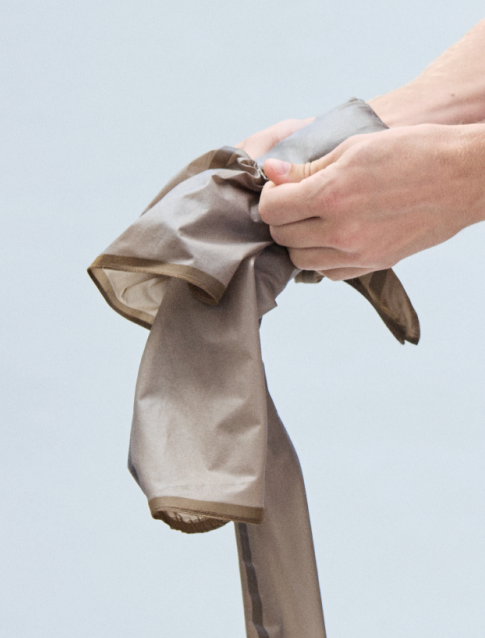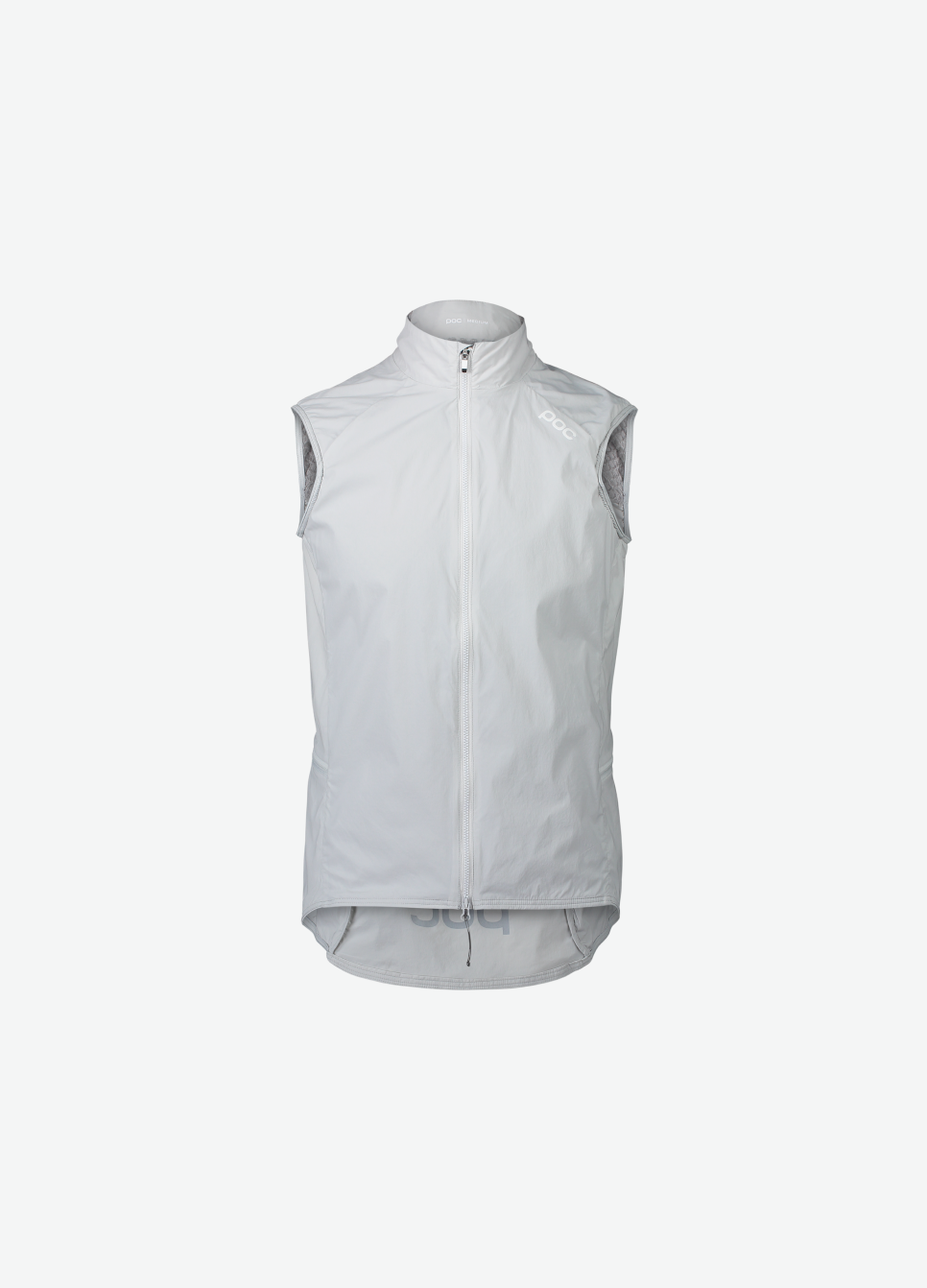How to build your layers
Everyone experiences the cold differently, but with the right layers, everyone can find comfort and warmth. Choose your layers based not only on the conditions; but also on the intensity of your ride.
READ MORE Build your layersHow to build your layers
Everyone experiences the cold differently, but with the right layers, everyone can find comfort and warmth. Choose your layers based not only on the conditions; but also on the intensity of your ride.
READ THE SCIENCE BUILD YOUR LAYERSLAYER ACCORDING TO INTENSITY AND CONDITIONS
Layers work by trapping air between each garment. This still air acts as an insulator, keeping us warm. When choosing your layers, consider your planned ride intensity and duration: A high-intensity ride on a colder day requires different clothing to a lower-intensity ride in the same conditions.
LOW INTENSITY
On longer, slower rides, consider choosing a base layer featuring natural fibers. As well as wicking moisture away from the body, wool can absorb a lot of liquid before it feels wet, meaning you will be able to ride for longer before you begin to feel your body’s moisture.
Look for a mid layer with abrushed inner to trap more air, giving more warmth. Here, the choice of natural or synthetic fibers is less important: both work effectively to keep you warm and move moisture away from the body.
Choose a top layer based on the weather conditions: look for wind protection or water protection, and remember that a 3-layer waterproof jersey will keep you warmer than a lightweight wind jacket. For the coolest conditions, an insulated outer layer adds extra warmth.
LAYERS FOR ROAD & GRAVEL
LAYERS FOR MTB


HIGH INTENSITY
On more intense rides where the pace is higher and the duration shorter, look to synthetic materials for a base layer: polyester is very effective at transporting sweat away from the body quickly, so you’ll feel dry and comfortable.
When you will be quickly generating your own heat, the mid layer can offer a slightly tighter fit as you will not need to trap as much air between each layer to feel warm.
A top layer should offer weather protection if the conditions demand it, but focus on keeping your core warm. Choosing a vest, or gilet, rather than a jacket may be both more comfortable and practical on a higher-intensity ride.
LAYERS FOR ROAD & GRAVEL
LAYERS FOR MTB


ALWAYS BE PREPARED
No matter the intensity of your ride, being able to be adaptable is vital: choose layers you can remove and store while riding if you need. And if you have the space to carry extra clothing with you, do so. If you don’t need to add extra layers while riding, it’s always pleasant to put on something dry at the café stop so that you don’t feel the chill while you are still.

PACK AN ADDITIONAL BASE LAYER AND CHANGE INTO SOMETHING DRY IF YOU HAVE THE CHANCE.

PACK AN ADDITIONAL BASE LAYER AND CHANGE INTO SOMETHING DRY IF YOU HAVE THE CHANCE.

TAKE AN EASILY PACKABLE TOP LAYER FOR EXTRA PROTECTION IN CHANGEABLE WEATHER CONDITIONS.

TAKE AN EASILY PACKABLE TOP LAYER FOR EXTRA PROTECTION IN CHANGEABLE WEATHER CONDITIONS.
















